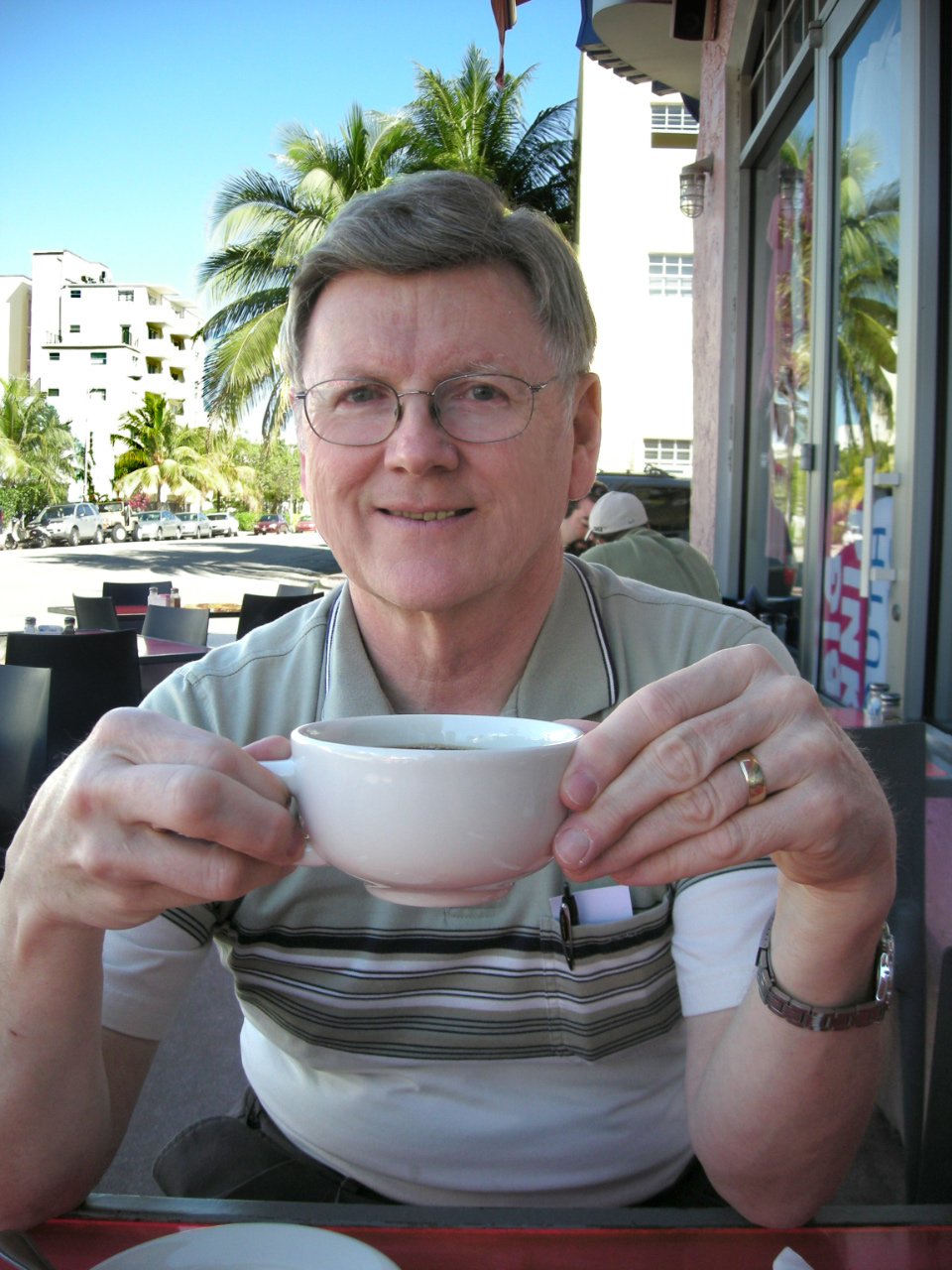Every March 16th, hosts Boone and Erickson would tell the "ancient story of how St. Urho drove the grasshoppers out of Finland." I was not a believer. St. Patrick and snakes in Ireland, maybe, but St. Urho and the grasshoppers? Surely, a myth!
Now, as I pulled into Menahga, Minnesota, I noticed a large statue and commemorative plaque set in a carefully landscaped park. What's this? I pulled around behind the statue and walked up to have a look at this neat little monument.
Well, here he is! St. Urho complete with a grasshopper impaled upon his trident.

The story is recorded in bronze.

And for more details, there is a full museum.

Moral to the story? Don't be a skeptic when you hear the locals describing their cultural background. This monument even rates an entry on the marvelous Roadside America site.










